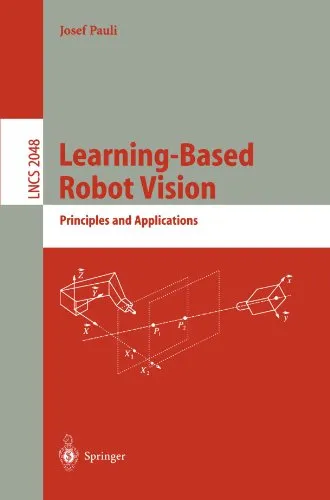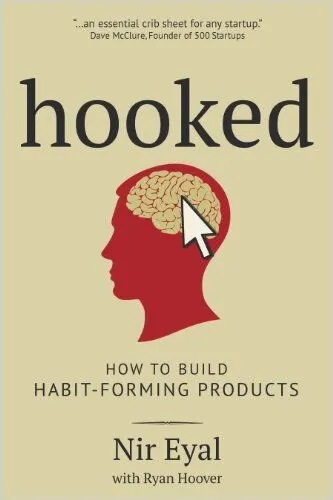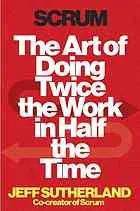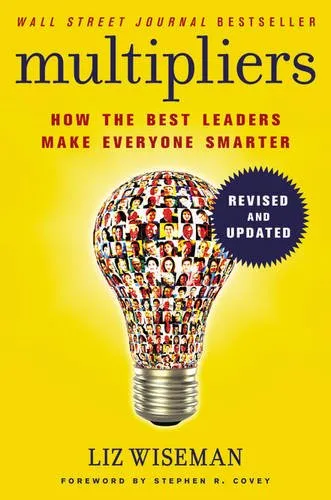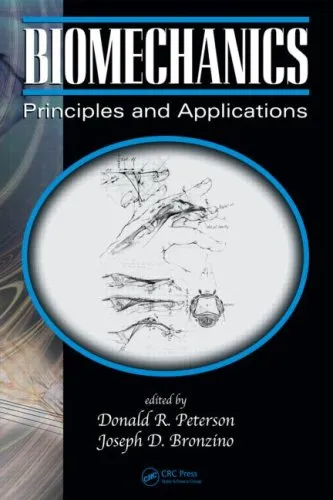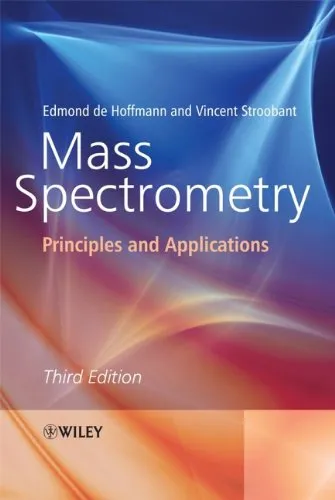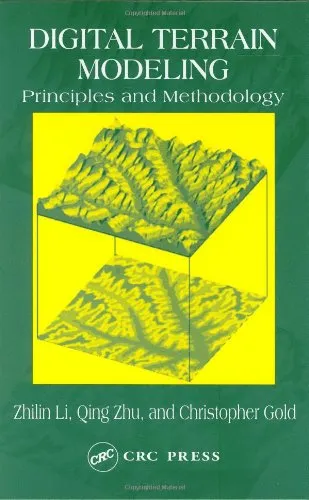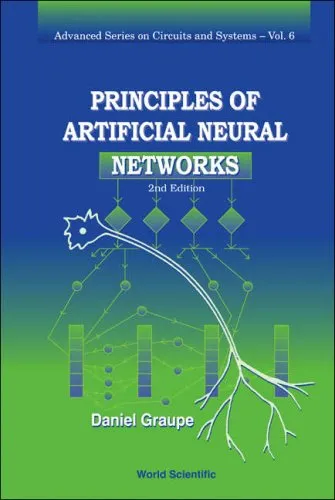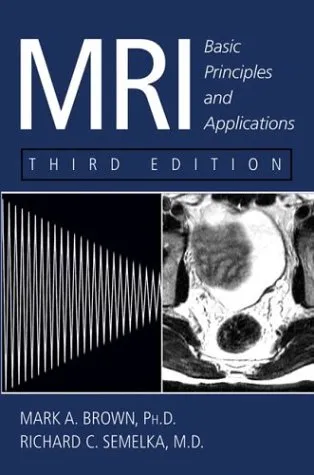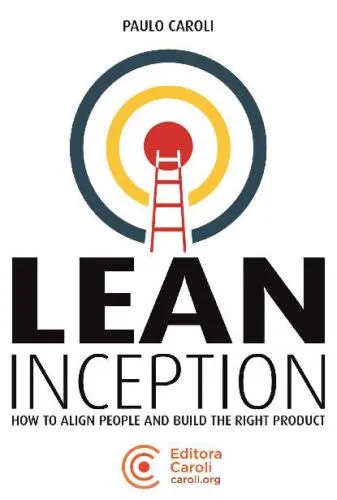Learning-Based Robot Vision: Principles and Applications
4.3
بر اساس نظر کاربران

شما میتونید سوالاتتون در باره کتاب رو از هوش مصنوعیش بعد از ورود بپرسید
هر دانلود یا پرسش از هوش مصنوعی 2 امتیاز لازم دارد، برای بدست آوردن امتیاز رایگان، به صفحه ی راهنمای امتیازات سر بزنید و یک سری کار ارزشمند انجام بدینRelated Refrences:
کتاب "Learning-Based Robot Vision: Principles and Applications"
کتاب "Learning-Based Robot Vision: Principles and Applications" به قلم جوزف پائولی یکی از منابع اصلی و جامع در زمینه دید رایانهای مبتنی بر یادگیری برای رباتها است. این اثر به شکلی جامع به توضیح اصول و کاربردهای مختلف این حوزه پرداخته و برای دانشجویان، محققان و متخصصان علاقهمند به این زمینه مناسب میباشد.
خلاصهای جامع از کتاب
این کتاب گامی مهم در جهت ادغام هوش مصنوعی و دید رایانهای با هدف توسعه رباتهایی است که قادر به درک و تحلیل تصاویر و محیط اطراف خود باشند. نویسنده با نگاهی به تاریخچه و توسعههای اخیر در این زمینه، اصول اساسی را توضیح میدهد و سپس به بررسی دقیق تکنیکهای جدیدی چون Convolutional Neural Networks (CNNs) و Deep Learning میپردازد. در ادامه، مباحث پیشرفتهتری چون Reinforcement Learning و کاربردهای آنان در بهبود تحملپذیری و هوش رباتها مورد بررسی قرار میگیرند.
نکات کلیدی
- درک کامل از اصول بنیادی دید رایانهای مبتنی بر یادگیری.
- آشنایی با الگوریتمهای نوین و تکنیکهای تقویت یادگیری در رباتها.
- کاربردهای عملی و پروژههای دنیای واقعی که در بهبود عملکرد رباتها موثر بودهاند.
- انطباقپذیری مفاهیم نظری با سختافزارهای پیشرفته در زمینه رباتیک.
نقلقولهای معروف از کتاب
"آیندهٔ رباتها به توانایی در یادگیری و انطباقشان بستگی دارد. هرچه قدرت دید و تحلیل آنان بیشتر باشد، توانایی آنان در مواجهه با محیطهای پیچیدهتر نیز افزایش مییابد."
"رباتها با استفاده از شبکههای عصبی عمیق میتوانند فراتر از محدودیتهای سنتی عمل کنند و به نتایجی دست یابند که حتی برای انسانها نیز شگفتانگیز است."
چرا این کتاب اهمیت دارد؟
کتاب "Learning-Based Robot Vision: Principles and Applications" نه تنها یک نقشهٔ راه برای شناخت بهتر تکنیکها و الگوریتمهای نوآورانه در زمینه دید رایانهای و هوش مصنوعی محسوب میشود، بلکه پایههای محکمی برای توسعه فناوریهایی میسازد که در انجام امور پیچیده توسط رباتها نقش اساسی دارند. این اثر با ارائه تلفیقی از تئوری و کاربردهای عملی، به دانشجویان و محققان امکان میدهد تا با اعتماد بهنفس بیشتری به عرصه نوآوری و تحقیقات در این زمینه وارد شوند و آیندهای متحولکننده برای جامعه انسانی و علمی رقم بزنند.
Introduction to Learning-Based Robot Vision: Principles and Applications
In the rapidly evolving domain of artificial intelligence, the intersection of robotics and computer vision stands out as a particularly fascinating area of study. "Learning-Based Robot Vision: Principles and Applications" seeks to demystify this complex field, providing a comprehensive exploration of how learning-based approaches are transforming robotic vision and, by extension, the capabilities of autonomous systems.
Detailed Summary of the Book
In "Learning-Based Robot Vision: Principles and Applications," we delve into the mechanisms that empower robots to perceive and interpret their surroundings. This book is structured to guide readers from foundational principles to the cutting-edge applications of learning-based vision systems. The initial chapters lay out the essential theories of machine learning and how they relate to visual perception. Concepts such as supervised, unsupervised, and reinforcement learning are dissected to provide a solid grounding.
As the narrative progresses, the book delves into practical applications of these theories in robotic systems. The deployment of convolutional neural networks (CNNs), recurrent neural networks (RNNs), and other architectures in vision tasks is explored in detail. Examples from real-world applications offer a tangible context for these abstract constructs. Additionally, the text examines challenges such as variability in lighting, occlusions, and motion blur, emphasizing robust techniques for overcoming these hurdles.
The later sections of the book are dedicated to advanced topics like semantic segmentation, object detection, and the integration of vision with other sensory inputs. Insights into the future of robotic vision—a future driven by increased autonomy and efficiency—are offered as a finale, sparking ideas for further research and innovation.
Key Takeaways
- Comprehensive understanding of the intersection between machine learning and computer vision in robotics.
- A thorough overview of learning models and their application to visual perception tasks within robotic systems.
- Insight into overcoming practical challenges such as variability in environmental conditions and integrating multiple sensory inputs.
- Exploration of real-world applications and future trends in learning-based robot vision.
Famous Quotes from the Book
"The true potential of robotics lies not just in its ability to perform programmed tasks, but in its capacity to learn and adapt through vision."
"Vision is not merely the window to the world for robots; it is the bridge to understanding."
Why This Book Matters
The prevalence of robots in various industries—from manufacturing and healthcare to logistics and autonomous vehicles—has highlighted the critical role of vision systems. This book matters because it equips practitioners, researchers, and students with the necessary insights and techniques to harness the power of learning-based approaches in robotic vision. Through its comprehensive treatment of both theoretical concepts and practical applications, this work serves as both a textbook and a field guide for those navigating the ever-evolving landscape of intelligent machine perception.
Furthermore, by bridging the gap between theory and practice, "Learning-Based Robot Vision: Principles and Applications" empowers its audience to pioneer new solutions, driving forward the capabilities of autonomous systems. The foresight provided on future trends also makes it an essential read for anyone looking to anticipate and participate in the next wave of technological advancement in robotics.
دانلود رایگان مستقیم
شما میتونید سوالاتتون در باره کتاب رو از هوش مصنوعیش بعد از ورود بپرسید
دسترسی به کتابها از طریق پلتفرمهای قانونی و کتابخانههای عمومی نه تنها از حقوق نویسندگان و ناشران حمایت میکند، بلکه به پایداری فرهنگ کتابخوانی نیز کمک میرساند. پیش از دانلود، لحظهای به بررسی این گزینهها فکر کنید.
این کتاب رو در پلتفرم های دیگه ببینید
WorldCat به شما کمک میکنه تا کتاب ها رو در کتابخانه های سراسر دنیا پیدا کنید
امتیازها، نظرات تخصصی و صحبت ها درباره کتاب را در Goodreads ببینید
کتابهای کمیاب یا دست دوم را در AbeBooks پیدا کنید و بخرید
1370
بازدید4.3
امتیاز0
نظر98%
رضایتنظرات:
4.3
بر اساس 0 نظر کاربران
Questions & Answers
Ask questions about this book or help others by answering
No questions yet. Be the first to ask!
